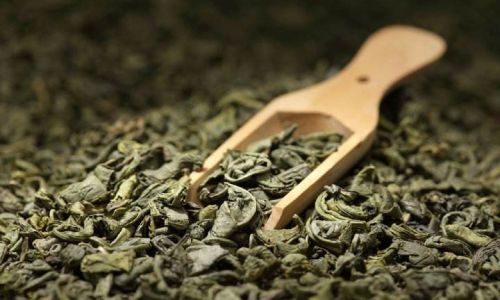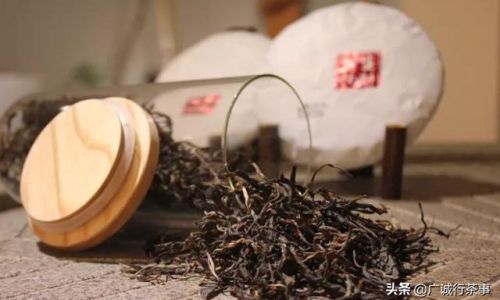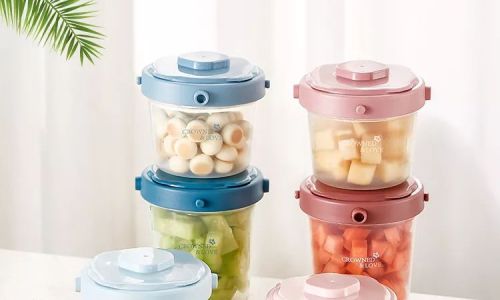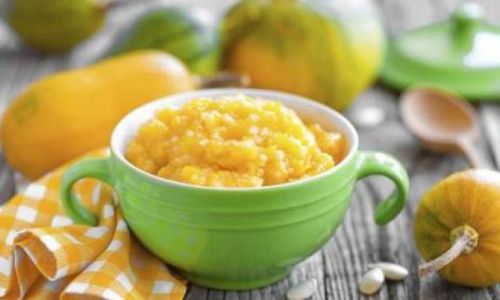Introduction
Tea, a beverage cherished across cultures for its comforting warmth and nuanced flavors, deserves careful handling to maintain its quality. Once a packet of tea is opened, its leaves become vulnerable to environmental factors that can degrade its aroma, taste, and health benefits. Proper storage is not merely a recommendation but a necessity for anyone seeking to savor the full potential of their tea collection. This guide delves into the science and practicality of preserving opened tea leaves, offering actionable steps to extend their shelf life while retaining their delicate flavors. Whether you are a casual drinker or a connoisseur, understanding the principles of tea storage will transform your brewing experience.
The Enemies of Tea: Factors That Degrade Quality
To effectively preserve tea, one must first recognize the adversaries that threaten its integrity. Oxidation, moisture, light, heat, and odors are the primary culprits behind tea’s deterioration.
- Oxidation: Exposure to air accelerates the oxidation process, breaking down the volatile compounds responsible for a tea’s aroma and flavor. This is particularly critical for green and white teas, which are minimally oxidized and thus more fragile.
- Moisture: Even small amounts of humidity can cause tea leaves to absorb moisture, leading to mold growth or a stale, musty taste.
- Light: Ultraviolet (UV) rays from sunlight or artificial light degrade chlorophyll and other pigments, dulling the tea’s color and flavor.
- Heat: Elevated temperatures speed up chemical reactions, causing tea to lose its complexity and develop a flat, bitter taste.
- Odors: Tea leaves are porous and readily absorb surrounding smells, which can contaminate their natural fragrance.
Choosing the Right Container: Materials and Design
The foundation of tea preservation lies in selecting an appropriate storage vessel. Ideal containers should be airtight, opaque, and non-reactive.
- Airtight Seals: Containers with tight-fitting lids or clips prevent air exchange, slowing oxidation. Avoid jars with rubber gaskets that may degrade over time; instead, opt for metal or ceramic closures.
- Opaque Materials: Light-blocking materials like ceramic, tin, or dark glass shield tea from UV rays. Clear glass jars, while visually appealing, are unsuitable unless stored in a dark cabinet.
- Non-Reactive Surfaces: Avoid plastic containers, as they can leach chemicals and retain odors. Stainless steel, food-grade tin, or untreated ceramic are safer alternatives.
- Size Matters: Use containers that hold the tea leaves snugly to minimize air pockets. Overly large vessels leave excess space, increasing the tea’s exposure to oxygen each time the container is opened.
Optimal Storage Locations: Cool, Dark, and Dry
Where you store your tea is as critical as how you store it. Ideal environments are cool, dark, and dry, with stable temperatures and low humidity.

- Avoid the Kitchen: Countertops near stoves, ovens, or windows expose tea to heat and light. Similarly, pantries above appliances may experience temperature fluctuations.
- Pantry or Cupboard: A cool, dry pantry or a cabinet away from direct sunlight is ideal. Ensure the area is free from strong-smelling foods like spices or cleaning agents.
- Refrigeration: Proceed with Caution: While refrigerators seem logical for perishables, tea requires careful handling. Moisture from condensation can ruin leaves. If refrigerating, seal the tea in an airtight, moisture-proof bag and return it to the fridge immediately after use to prevent temperature swings.
- Freezing: Rarely Recommended: Freezing is only suitable for long-term storage of large quantities. Double-wrap the tea in vacuum-sealed bags to prevent freezer burn and thaw it slowly in the refrigerator before use.
Handling Practices: Minimizing Exposure
Even with proper containers and locations, careless handling can compromise tea quality.
- Clean Tools: Use dry, clean spoons or scoops to retrieve tea leaves. Avoid touching the leaves with bare hands, as skin oils and moisture accelerate degradation.
- Limit Openings: Each time the container is opened, tea is exposed to air and humidity. Decant small portions into a daily-use tin and keep the bulk storage sealed.
- Label and Date: Mark containers with the date of opening to track freshness. Most teas retain peak quality for 3–6 months after opening, though this varies by type.
Storage Tips for Specific Tea Types
Different teas have unique characteristics that influence their storage needs.
- Green Tea: Highly sensitive to heat and light, green tea benefits from refrigeration if consumed within a month. Store in airtight, opaque containers and use within 3–6 months.
- Black Tea: More robust but still prone to flavor loss. Keep in a cool, dark place and use within 18 months.
- Oolong Tea: Semi-oxidized oolongs strike a balance between green and black teas. Store in airtight containers away from light and heat, consuming within 12–18 months.
- White Tea: Delicate and minimally processed, white tea requires similar care to green tea. Use within 6–12 months.
- Pu-erh and Aged Teas: These exceptions thrive in controlled humidity and airflow. Store in porous ceramic jars or paper bags in a cool, dark place to encourage aging.
- Herbal Infusions: Fruit, herbal, and flavored teas often contain volatile oils. Store in airtight containers away from light and heat, using within 6–12 months.
Common Mistakes to Avoid
Even well-intentioned tea lovers often make errors that shorten their leaves’ lifespan.
- Retaining Original Packaging: Most tea bags or boxes are not airtight. Transfer opened tea to dedicated containers immediately.
- Using Clear Containers: Transparent jars expose tea to light, degrading quality rapidly.
- Storing Near Strong Odors: Placing tea near spices, coffee, or detergents infuses unwanted flavors.
- Ignoring Humidity: Basements or bathrooms are too damp; use a dehumidifier if necessary.
- Overfilling Containers: Crushing leaves damages their structure, releasing bitter tannins.
Advanced Preservation Techniques
For serious collectors or rare teas, consider these enhanced methods.

- Vacuum Sealing: Removes oxygen from the container, halting oxidation. Ideal for green and white teas.
- Oxygen Absorbers: Small packets placed inside containers absorb residual oxygen, extending shelf life.
- Nitrogen Flushing: Commercial operations replace oxygen with inert nitrogen gas. Achievable at home with specialized equipment.
- Climate-Controlled Storage: For high-value teas, invest in a wine fridge or cool cabinet with stable temperature (50–59°F or 10–15°C) and humidity (50–60%).
Conclusion: The Reward of Preservation
Tea is a living product, evolving with time and environment. By understanding its vulnerabilities and implementing thoughtful storage practices, you ensure that each cup delivers the intended flavor profile and aromatic complexity. Whether you prefer the grassy freshness of sencha or the malty depth of Assam, proper preservation transforms a simple ritual into a journey of sensory delight. Treat your tea leaves with care, and they will reward you with countless moments of tranquility and taste.
Final Thoughts
The art of tea storage is a blend of science and mindfulness. It requires attention to detail but yields profound rewards. As you brew your next pot, pause to appreciate the care that went into preserving those leaves—and savor the difference it makes.






0 comments